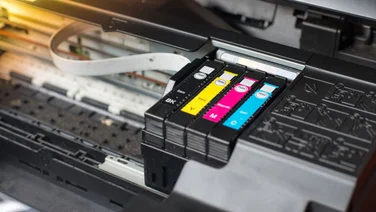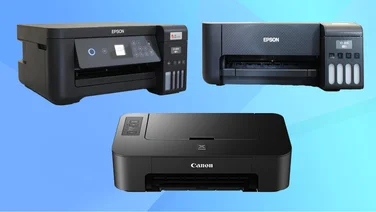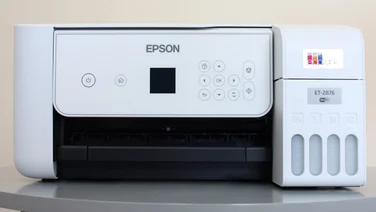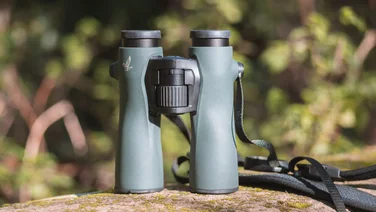To help us provide you with free impartial advice, we may earn a commission if you buy through links on our site. Learn more








Pocket ultra-zoom cameras are increasing in popularity, and Fujifilm is the latest manufacturer to realise that one size doesn’t necessarily fit all. While the F770EXR comes with all the trimmings, such as 20x zoom, raw capture and GPS tagging, the F660EXR has a 15x zoom and a significantly lower price. They use the same sensor, though, and we think it’s the best thing about these cameras.

We normally moan about 16-megapixel sensors in compact cameras because they add more noise than details, but this one is different. It’s physically a little bigger than usual, being 1/2in across rather than the usual 1/2.3in, and then there’s the unusual pixel array, which lets it switch from 16- to 8-megapixel mode to reduce noise. This means less detail-smearing noise reduction, producing less noisy photos in low light and more detailed photos in 8-megapixel mode. The unusual sensor can also be used to capture a wider range of brightness, under-exposing the brightest parts of a scene to avoid blown out highlights.
The F660EXR wraps this sensor in a camera that, for the most part, is extremely capable. Its mode dial includes priority and manual exposure modes in addition to advanced scene presets, such as a panorama mode that stitches a 360-degree shot together as the user rotates the camera. Annoyingly, this dial is quite loose and is easily knocked in a pocket. There’s a wheel to adjust settings quickly, but the menu layout could be better, with white balance and autofocus options being quite a few button presses away.

There are strengths and weaknesses in its performance too. Its 1.2 second shot-to-shot time is quick, and continuous mode sets off at 5.9fps before slowing to 1fps after six frames. It was even better in its 8-megapixel mode, managing 8.1fps for 13 frames before slowing to 2.4fps. Sadly, there’s no option to shoot in continuous mode with updating autofocus between each shot.
Our biggest concern is that settings can’t be adjusted while the camera is saving the previous shot. This can slow the process of taking a photo, making an adjustment and retaking the shot. Another minor irritation is that the power button must be held down for about half a second to switch it on. It’s still pretty quick to take a photo from power off, but giving the button a quick press resulted in nothing at all.
Videos are recorded at 1080p and 30fps, but when we compared clips of the same scene taken with rival cameras, the Fujifilm’s clips were closer to 720p than other 1080p-capable cameras in terms of detail. Autofocus was quick to respond, but it was temperamental, sometimes losing sharp focus when the subject was relatively static. The soundtrack was a little muffled and picked up whirrs from the zoom motor.

The 8-megapixel EXR mode helps to deliver low noise while maintaining reasonably crisp details in low light – it’s the best we’ve seen from a pocket ultra-zoom camera – click to enlarge
The F660EXR fared much better in our photo tests. Telephoto shots were consistently good and often excellent, but it excelled in low light. Its 8-megapixel photos at ISO 1600 were incredibly clean and sharp, surpassing those of the superb Canon PowerShot SX260 HS and even the F770EXR, which is surprising because they use the same sensor. The difference was subtle but consistent across our tests. However, one area where it failed to shine was wide-angle and medium focal-length shots, where detail levels were a little below average. Even so, it wasn’t far behind the leaders.

The 15x zoom range is relatively modest but the F660EXR resolves plenty of fine detail in telephoto shots – click to enlarge
There are cheaper pocket-sized ultra-zoom cameras, but of those that excel for image quality, the F660EXR is by far the least expensive. It’s a fast performer too, but its quirky controls let it down slightly. If taking photos in low light is more important than video capture, this is the camera to buy.





